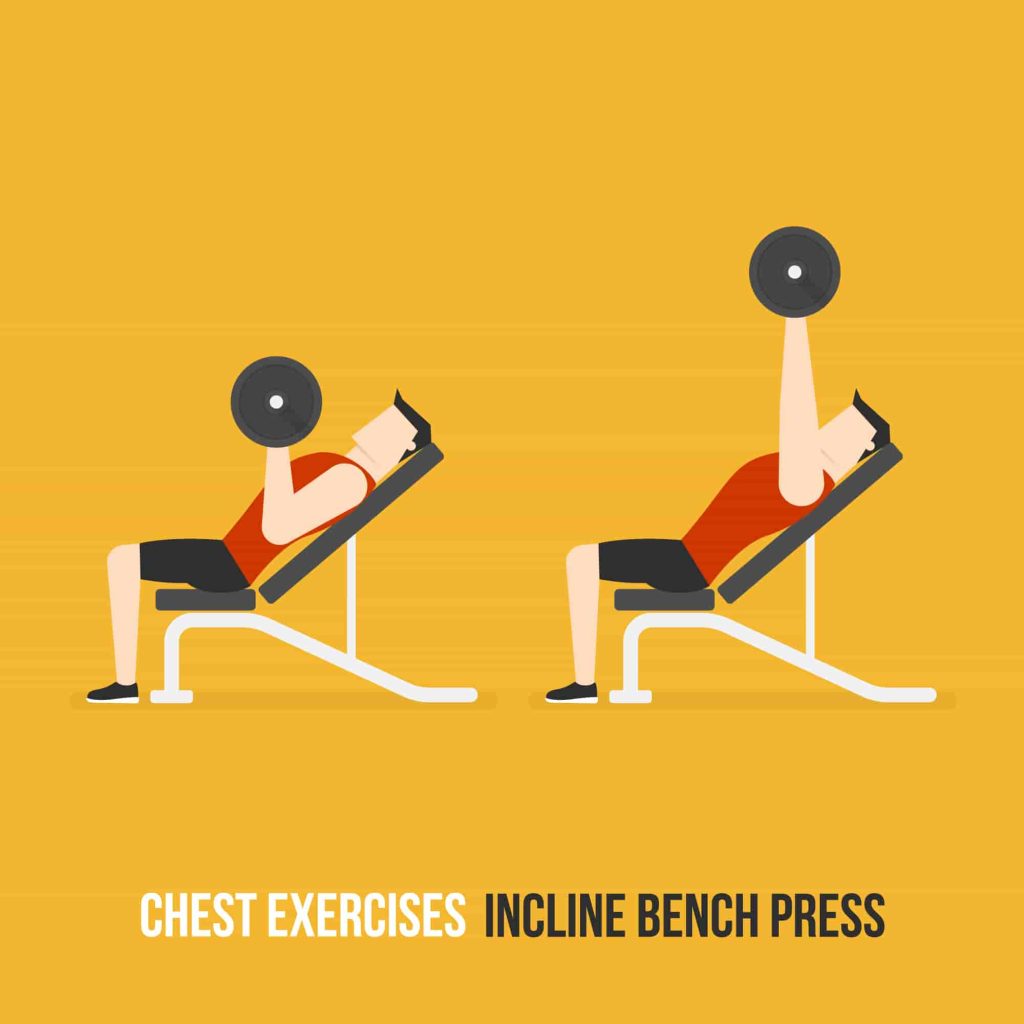Here is your complete guide to upper body strength workouts.
Introdcution to Upper Body Strength Workouts
When it comes to strength training, people use a variety of words that they believe are “synonymous”: weight lifting, resistance training, and the list goes on.”strength training” includes body weight exercises, bands, machines, weighted equipment, and essentially anything that isn’t running, swimming, jump roping, or flexibility training (like stretching). As a result, it is not synonymous with weight lifting; rather, it is an umbrella term that encompasses both. While weight lifting is beneficial, there are numerous other strength-training exercises that do not require the use of weights and can help you sculpt a strong, muscular upper body. So what are upper body strength workouts? What do you need to know about upper body strength workouts? Here is your complete guide about upper body strength workouts.
You’ve probably noticed that you’re doing quite a few supersets. Don’t worry, the supersets are your friends, even if they may not feel like it at the time. Supersets are a tried and true method used by the world’s best bodybuilders to increase time under tension (TUT) when working for hypertrophy gains. They can also be used if you are short on time, reducing your total workout duration while increasing your work capacity.
Because building strength and size is the goal here, supersetting will benefit hypertrophy adaptations because you’ll be hitting back-to-back similar muscle groups, pushing yourself closer to failure and thus recruiting more muscle fibres.
Bench press with an inclined barbell
As a superset, perform the next two moves.
- Number of Sets: 4
- Number of Reps: 6

- 90s of Rest
Chin-up
- Sets: 4
- Reps: 6
- Rest: 90s
With your palms facing you and a grip narrower than shoulder width, grab the pull-up bar. Raise your head above the bar. Return to the starting position gradually.
Dumbbell press on an incline

As a superset, perform the next two moves.
- Sets: 3
- Reps: 8
- 1m15s of rest
Rowing with a single arm dumbbell: Upper Body Strength Workouts

- Sets: 3
- Reps: 8
- Rest period: 1m15s
Place your right hand on a flat bench under your shoulder, keeping your arm straight. Place your right knee on the bench and take a step to the side with your other leg. Grab a dumbbell off the floor with your free hand and row it up to your side until your upper arm is parallel with the floor. Slowly return to the floor and repeat.
Hammer curl with a dumbbell: Upper Body Strength Workouts
As a superset, do the next two moves.
- Sets: 3
- Reps: 12
- Rest: 45s
Hold a dumbbell at your sides with your palms facing your hips. Curl the weights up to your shoulders, then lower.
Dips: Upper Body Strength Workouts
- Sets: 3
- Reps: 12
- Rest: 45s
With your palms facing inward and your arms straight, grab the dip station’s bars. Lower your arms slowly until they are at right angles, making sure they are tucked against your body and not flaring out. Repeat the process.
Face traction
- Sets: 3
- Reps: 12
- Rest: 60s
Connect rope handles to a cable machine’s top pulley. Kneel in front of it, flat on the grand. Pull the handles towards your face, keeping your hands apart and your upper arms flat. After a brief pause, reverse the movement.
Most of these exercises are also adaptable. (For example, a one-arm row can be performed with a cable or a dumbbell, and a face pull can be performed with a band, TRX, or cable.) Depending on your personal fitness goals and the readily available equipment, mix up the variations by using your body weight, a resistance band, a dumbbell, or a suspension trainer.
These moves will not only increase your overall strength, but they will also reduce your risk of injury, create a more symmetrical build, and naturally improve your core strength for everyday functional fitness.

